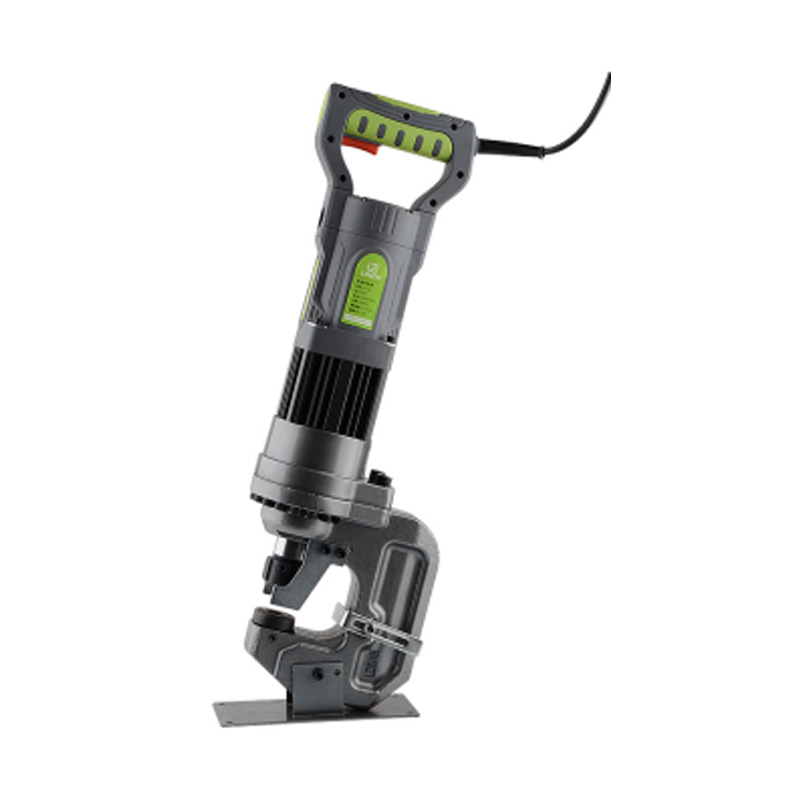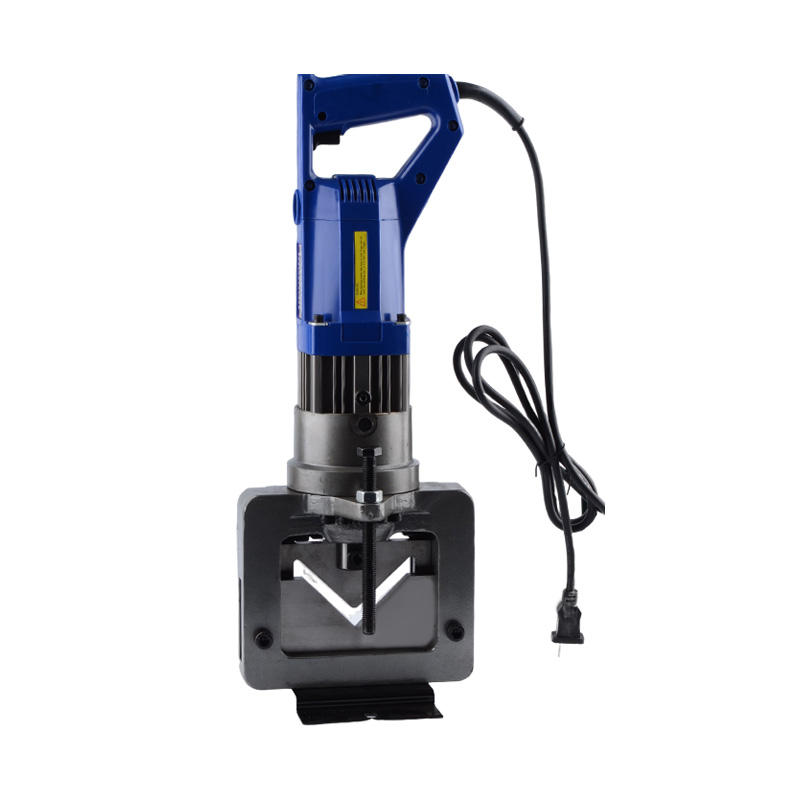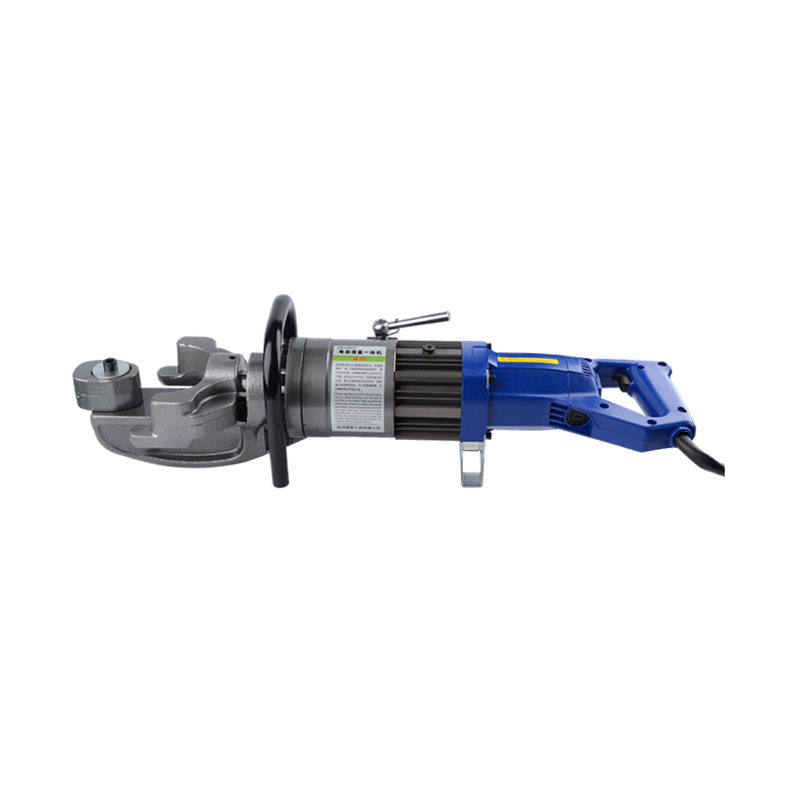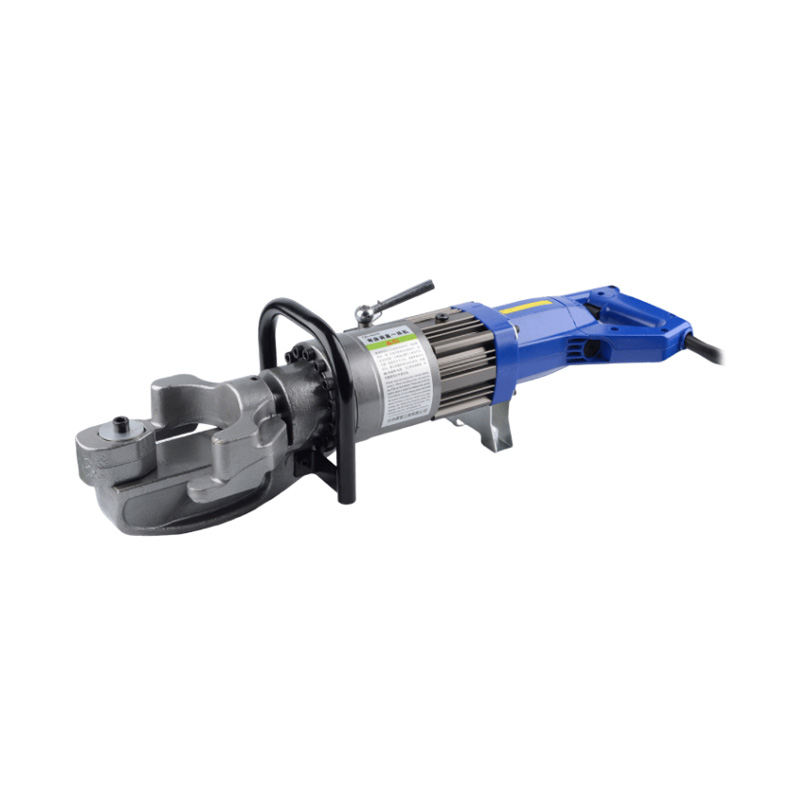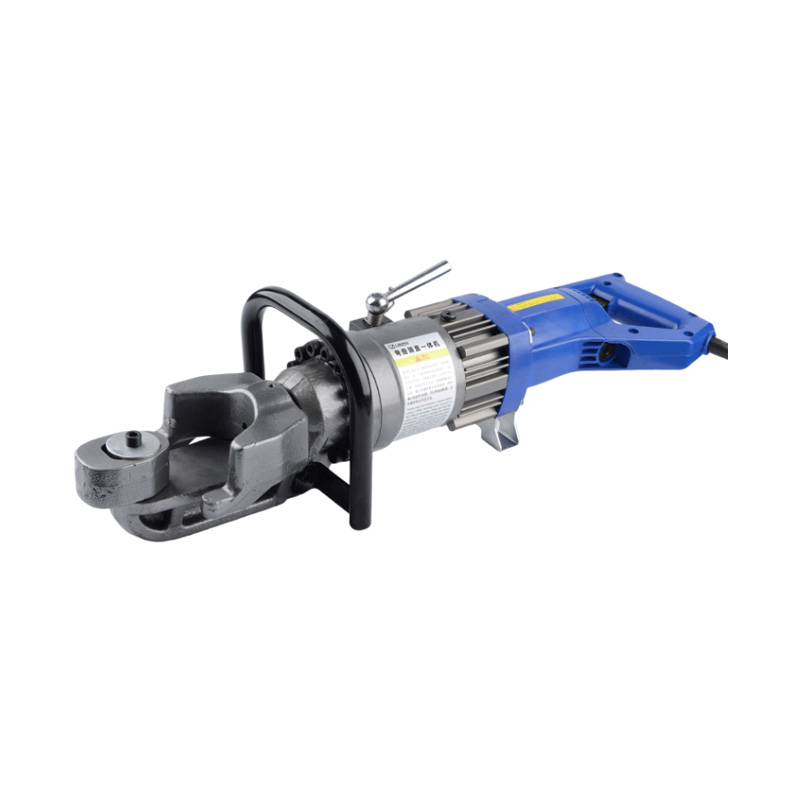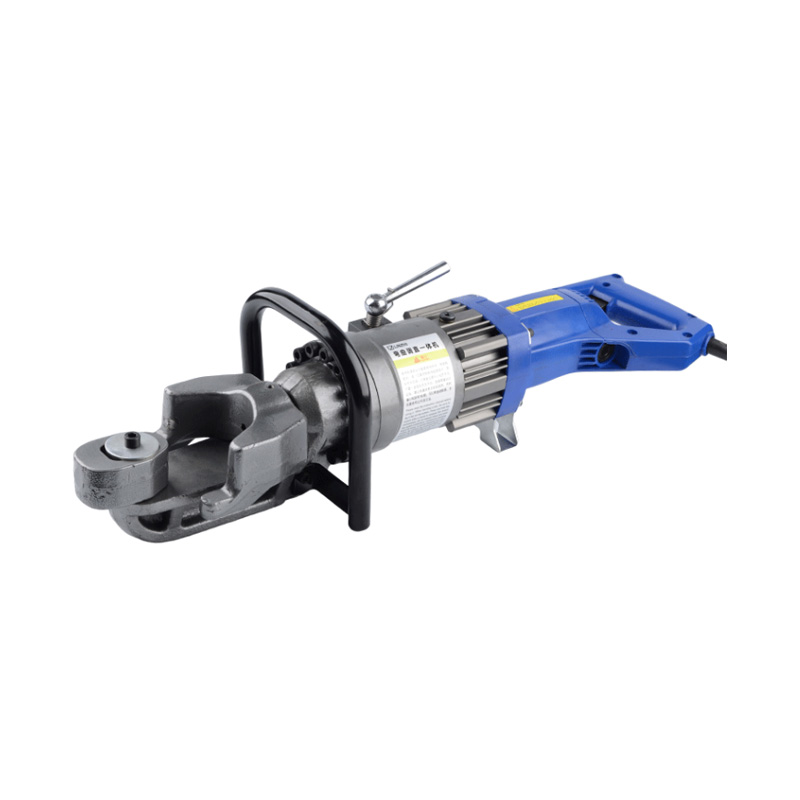Across construction sites, manufacturing plants, and agricultural fields, hydraulic cylinders serve as the fundamental actuators that convert fluid power into precise mechanical motion. These robust components have become indispensable in heavy equipment and industrial machinery, providing the linear force required for lifting, pushing, pulling, and positioning operations. The continued innovation in hydraulic cylinder technology reflects the evolving demands of industries that rely on powerful, reliable motion control solutions.
The basic principle of hydraulic cylinders remains unchanged—using pressurized fluid to move a piston within a cylindrical barrel—but modern designs have significantly improved in performance and durability. Contemporary hydraulic cylinders incorporate advanced sealing technologies that less fluid leakage while withstanding higher pressures and more demanding operating conditions. These improvements have extended service intervals and reduced maintenance requirements across various applications, from mobile equipment to factory automation systems.
Construction equipment represents one of the lots of visible applications for heavy-duty hydraulic cylinders. Excavators, bulldozers, and cranes utilize multiple hydraulic cylinders to achieve their characteristic powerful movements. The development of compact yet high-force hydraulic cylinders has enabled equipment manufacturers to design more powerful machines without increasing overall size. Modern construction-grade hydraulic cylinders feature robust designs that resist corrosion, contamination, and the constant vibration experienced on job sites.
Agricultural machinery has benefited tremendously from advancements in hydraulic cylinder technology. Today's farm equipment relies on numerous hydraulic cylinders for functions ranging from implement positioning to grain bin operation. The agricultural environment presents unique challenges, including exposure to chemicals, bad weather conditions, and seasonal periods of intense use followed by storage. Manufacturers have responded with hydraulic cylinder designs featuring improved surface treatments and sealing systems specifically tailored for agricultural applications.
Industrial manufacturing applications demand precision hydraulic cylinders capable of delivering repeatable performance in automated processes. Metal forming presses, plastic injection molding machines, and material handling systems all depend on hydraulic cylinders to provide controlled force and positioning. The trend toward smarter factories has driven the development of hydraulic cylinders with integrated position sensing and communication capabilities. These intelligent cylinders enable more precise control and provide valuable performance data for predictive maintenance programs.
The maintenance and repair sector has developed specialized services focused on hydraulic cylinder rebuilding and refurbishment. Professional rebuild services can restore worn hydraulic cylinders to like-new condition at a fraction of replacement cost, reducing equipment downtime and maintenance expenses. Proper rebuilding techniques include thorough inspection of all components, precision machining of worn surfaces, and replacement of seals and bearings with upgraded materials. Many equipment operators now schedule regular hydraulic cylinder inspections as part of their preventive maintenance programs.
From massive mining shovels to precision industrial robots, hydraulic cylinders continue to enable the machinery that builds and maintains our modern world. Their ability to deliver tremendous force in precise, controllable motions ensures they remain essential components even as alternative technologies emerge. The ongoing development of hydraulic cylinder technology promises to bring even greater efficiency, reliability, and intelligence to the countless applications that depend on linear hydraulic power. As machinery becomes more sophisticated and automation more prevalent, hydraulic cylinders will continue evolving to meet new challenges while maintaining their position as the workhorses of fluid power systems.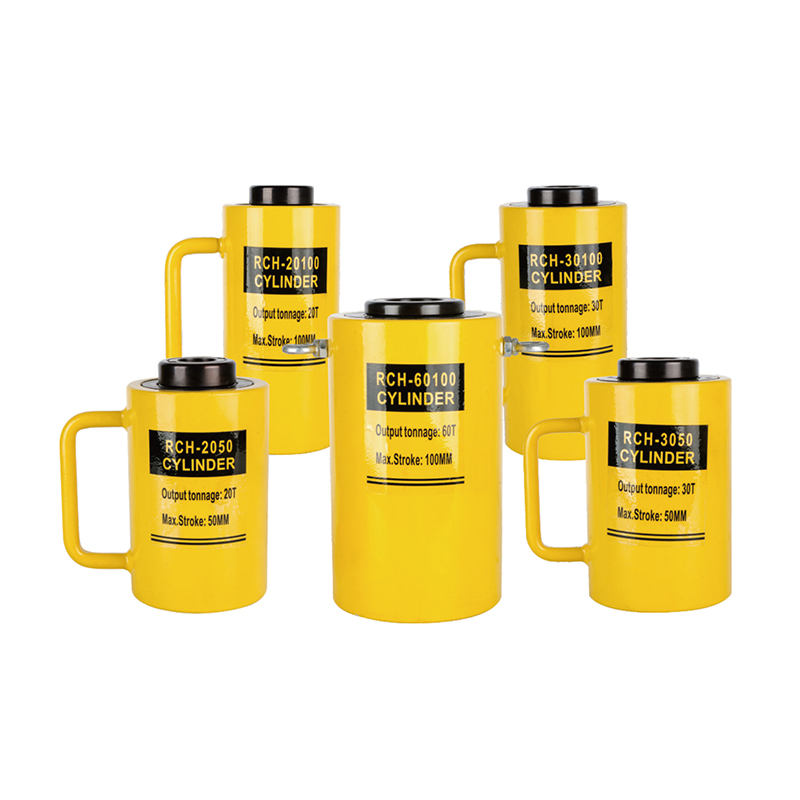

 English
English 中文简体
中文简体 русский
русский GET A QUOTE
GET A QUOTE